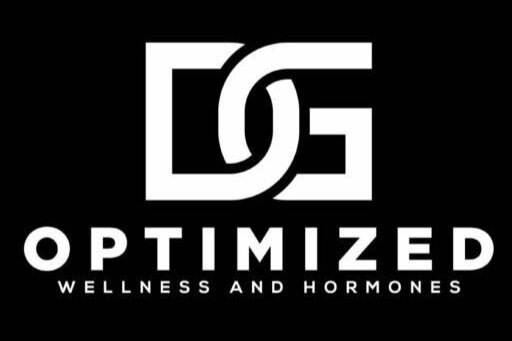Alzheimer’s Protected by Estradiol.
Maybe it's a result of my birthday approaching, but I likely think about dementia more often than most. As the hands of time move inexorably forward, an escalating concern afflicts our aging population: Alzheimer's disease. We ehave covered this topic in the past, but it's vast, and clearly multi-factorial. It has been dubbed Diabetes Type 3. This insidious form of dementia, hauntingly, eludes both definitive diagnostic markers and effective treatments. Curiously, the disease exhibits a predilection for women, which begs the question: could there be intrinsic pathways or full systems at play, intricately tied to its evolution? Of significant note are hormonal nuances, specifically estradiol fluctuations, which seem to play a role given that without HRT one's risk goes up 7 fold.
In a twist that's capturing the avid attention of scholars, the brain renin-angiotensin system - replete with its regulatory proteolytic enzymes - emerges into the limelight. This system doesn't operate in isolation; estrogens robustly modulate it. But there's another layer to this intricate relationship. Enter the angiotensin IV receptor, otherwise known as the insulin-regulated aminopeptidase (IRAP). This receptor, fascinatingly, intertwines with cerebral glucose metabolism, a pathway which, tragically, goes awry in Alzheimer's patients.
In this convoluted nexus, we find IRAP, a dual entity of enzyme and receptor, co-existing in the brain alongside the insulin-dependent glucose transporter 4 (GLUT4). Grasping the symbiotic relationships among the cerebral renin-angiotensin system, estradiol, and IRAP could not only unravel the molecular intricacies of Alzheimer's but might illuminate potential pathways for diagnosis and intervention. In a world grappling with this cognitive thief, any beacon of knowledge is a precious lifeline.
María Pilar Carrera-González, María Jesús Ramírez-Expósito, Carmen Guerrero-González, José Manuel Martínez-Martos. Alzheimer's disease: Is there a relationship between brain renin-angiotensin system, estradiol and glucose transporter-4 (GLUT-4)? AIMS Molecular Science, 2023, 10(1): 37-51. doi: 10.3934/molsci.2023004
These relationships cannot be ignored; a 7 fold increase is in Alzheimer's disease without HRT for women should be concerning. . . and letting it happen seems unnecessary! Jason & Rita. . .aka Dr. De Leon and Dr. Gillespie.
